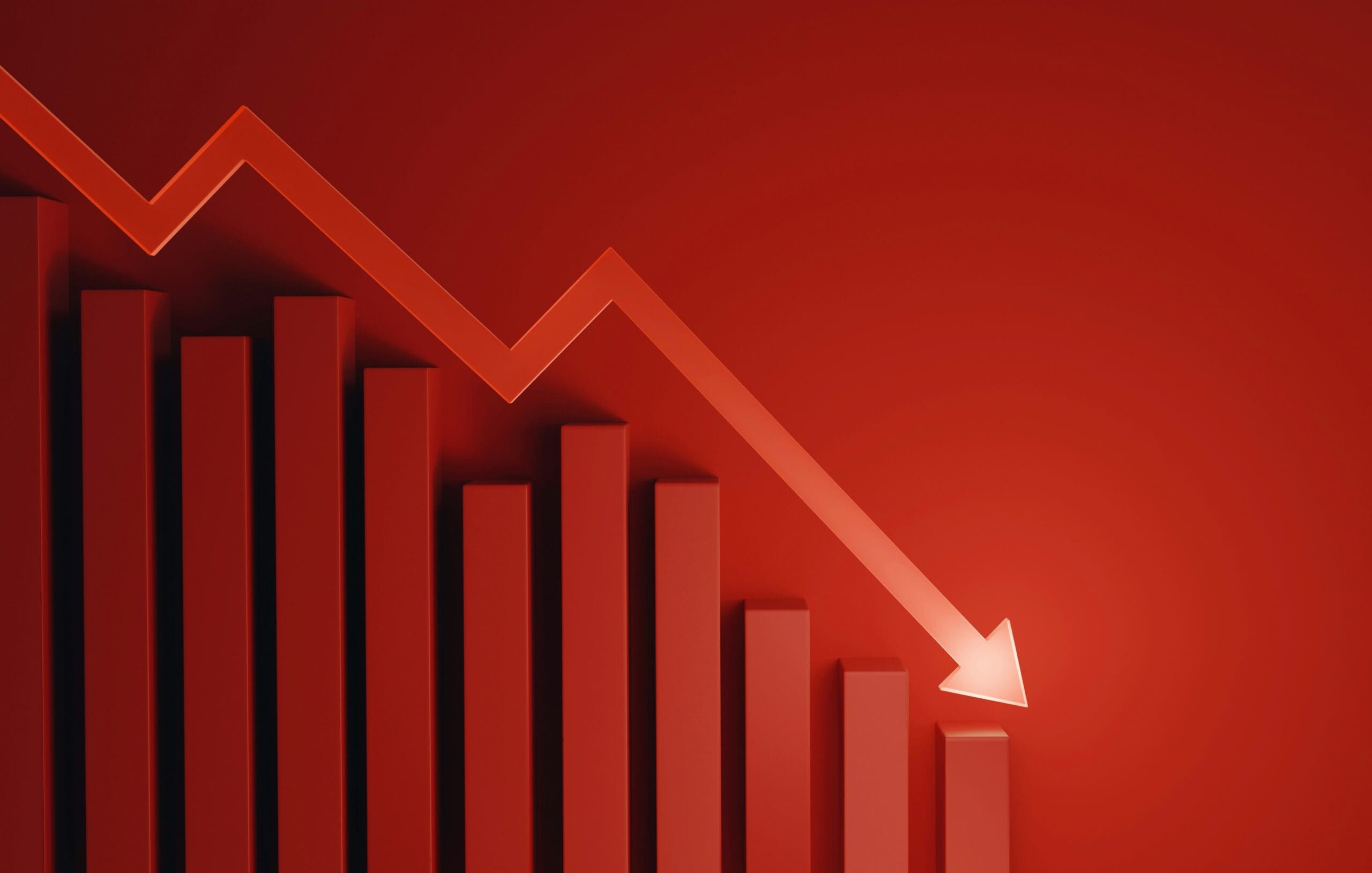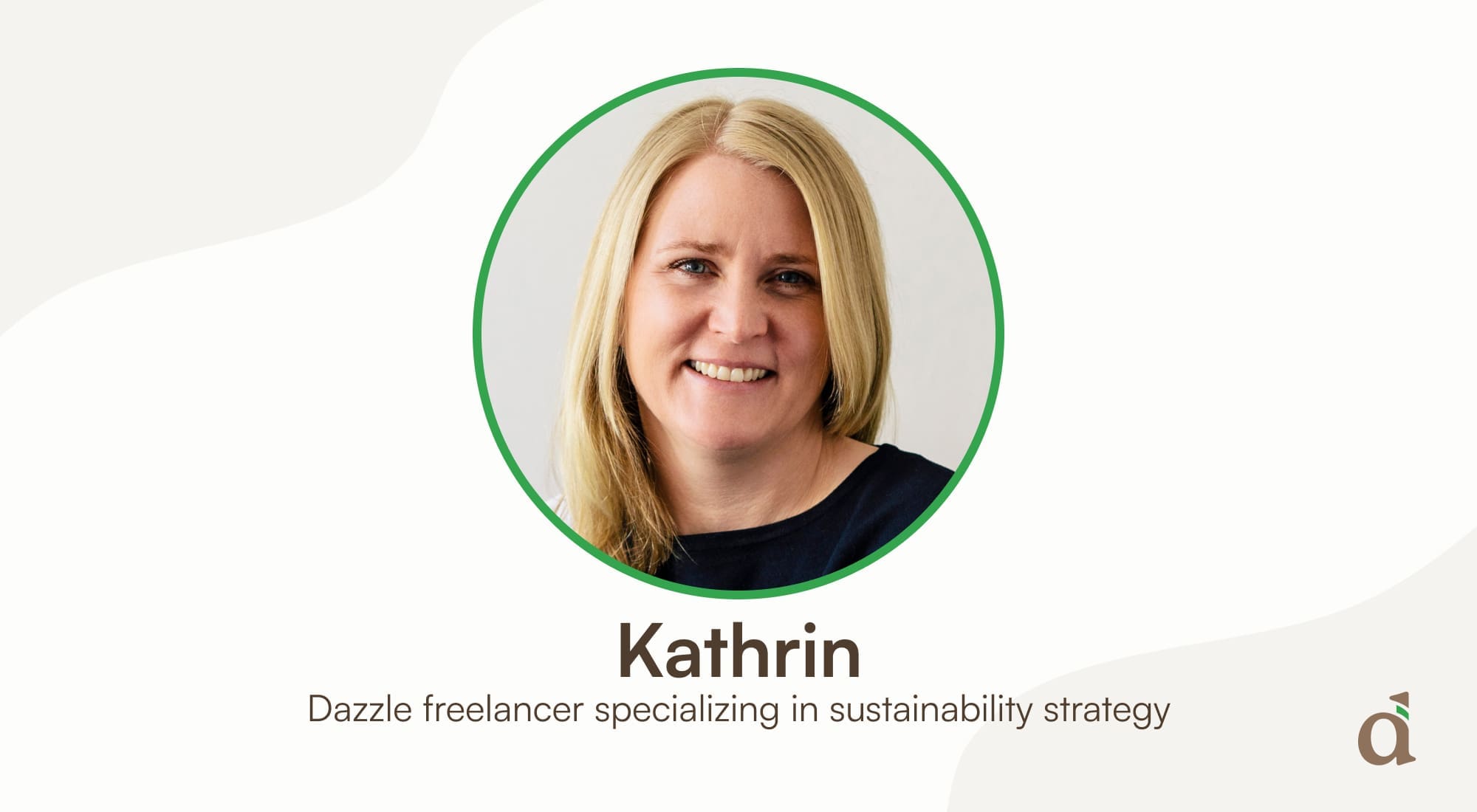About the author
Kathrin Jansen supports companies in anchoring sustainability where it belongs: at the core of their strategy.
With a deep understanding and hands-on experience of regulatory frameworks, she helps organizations navigate complexity. She advises on topics such as biodiversity as a strategic issue and how to integrate it into sustainability and risk management.
She works with large corporations, mid-sized companies – often affected as suppliers – as well as NGOs and public sector institutions. Whether it’s expert input, implementation support or a sounding board for critical decisions, she comes in when clarity, structure and an outside view are needed.
She is based in Hamburg, Germany, and has several years of international experience, including time in the U.S. working with global corporations.
In recent months, some companies have taken a sigh of relief: the European Commission’s Omnibus proposal has eased CSRD requirements for certain companies, at least for now. But stepping off the gas (pun intended) when it comes to sustainability is the wrong move—especially for those who have already taken their first steps.
Because the world hasn’t paused. Climate change, fragile supply chains, and growing social inequality remain urgent challenges. And the expectations of capital markets are increasing, not shrinking. Financial institutions are looking more closely at whether companies have credible sustainability strategies in place. Without them, financing becomes more difficult—or impossible.
To quote Günther Thallinger, board member at Allianz:
“This is a systemic risk that threatens the very foundation of the financial sector. If insurance is no longer available, other financial services become unavailable too.”
This shift marks a turning point. Sustainability is no longer just about regulation—it’s about resilience. Companies that understand this are already translating their compliance efforts into competitive advantages. They’re identifying untapped potential and putting meaningful measures in place—across operations, procurement, HR, governance, and innovation.

The risk of doing nothing
Even without regulatory pressure, the risks of ignoring sustainability are too high. Nearly half of the global economy depends directly on nature and functioning ecosystems – forests, water, fertile soil and biodiversity. When these systems are degraded, businesses face rising costs, raw material shortages and production delays. Entire industries such as construction, food and beverages, and pharmaceuticals are now affected.
And these are not abstract risks. Investors, lenders, and insurers are already factoring environmental performance into their decisions. Those who act now can reduce dependency, future-proof supply chains, and even open up new business models.
Apple, for example, has committed to using only recycled cobalt, tin, gold and rare earth elements in selected components by 2025. That reduces pressure on ecosystems and also cuts dependency on volatile commodity markets.
From awareness to action
Helping companies develop sustainability strategies starts with gaining an understanding: What does the company do? What is the company’s value chain? Who are its business partners? What are the risks – and opportunities – along the value chain?
The double materiality analysis is one key tool. It helps identify not only how the business impacts the world, but how environmental and social changes could affect the business. That’s when the lightbulbs start going off—especially in companies with complex supply chains.
A second key tool is stakeholder engagement and dialogue. In my experience, it is still too rarely used strategically, especially in Germany.
I remember working with an Asian paper company during my time in the U.S. Environmental NGOs had revealed that their paper originated from unsustainable sources. As a result, several U.S. customers cut ties, and the economic impact was immediate. Regaining trust took time, but it was possible. We supported the company in rebuilding sustainable supply chains and creating new partnerships with local stakeholders and NGOs. These dialogues—sometimes difficult, always honest—were essential.
Too often, companies involve stakeholders too late or not at all. But when done strategically and on equal footing, these conversations don’t just mitigate risks—they often lead to better solutions.

What gets in the way
Despite progress, many companies still treat sustainability as a reporting exercise rather than a strategic lever. When sustainability is filed under compliance and viewed as a cost, its transformative potential is lost. Change requires courage. And the willingness to ask uncomfortable questions: Where are we most vulnerable? What do we need to change? Who do we need to involve?
Companies that can answer these questions clearly and act on them are not just meeting requirements – they are building the business of the future.



